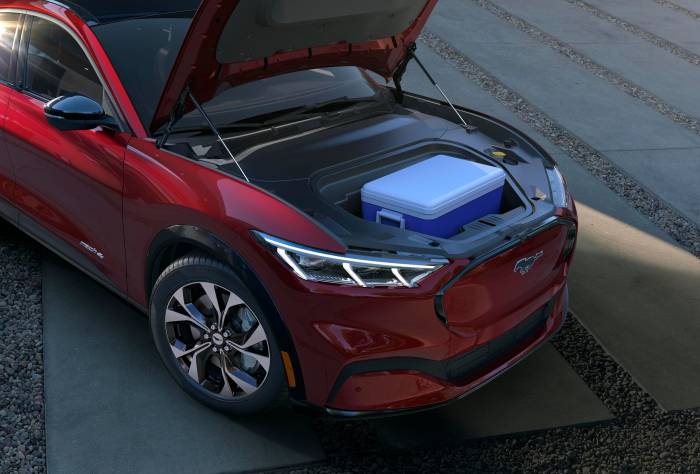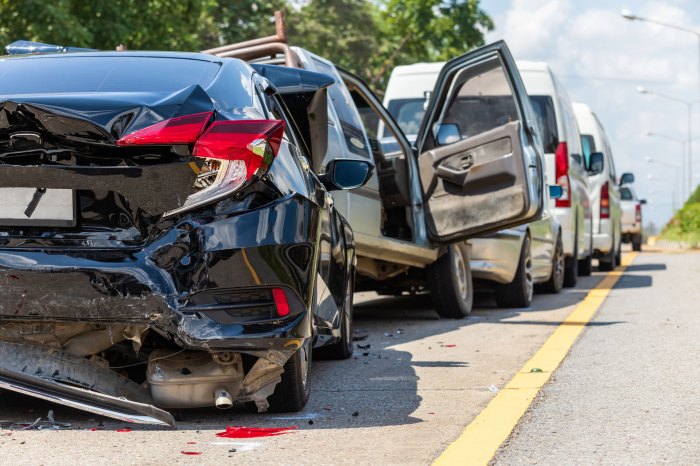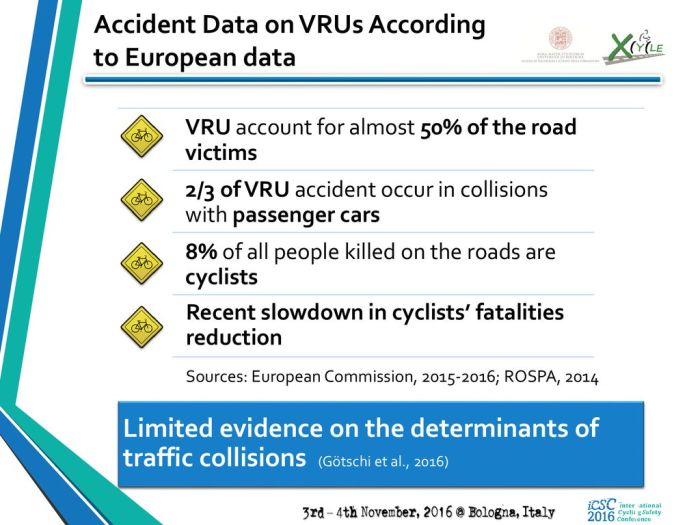The majority of collisions in urban driving occur due to a complex interplay of factors, including human error, vehicle deficiencies, and environmental conditions. Understanding the causes and contributing factors to these collisions is crucial for developing effective strategies to reduce their frequency and severity.
This comprehensive analysis delves into the various types of collisions that occur in urban environments, examining their specific characteristics and causes. It also explores the impact of factors such as speed, road conditions, and vehicle type on the severity of collisions, providing data and statistics to support the discussion.
Types of Collisions in Urban Driving

Urban driving presents a unique set of challenges, leading to a higher frequency of collisions compared to rural areas. These collisions can vary significantly in nature and severity, depending on factors such as vehicle type, road conditions, and driver behavior.
The most common types of collisions in urban areas include:
- Rear-end collisions:Occur when one vehicle strikes the rear of another, often due to distracted driving or following too closely.
- Sideswipe collisions:Involve two vehicles traveling alongside each other, typically resulting from lane changes or merging errors.
- T-bone collisions:Happen when one vehicle strikes the side of another, usually at an intersection.
- Head-on collisions:Occur when two vehicles traveling in opposite directions collide directly.
Causes of Collisions in Urban Driving
The primary factors contributing to collisions in urban environments are:
- Human error:Driver distractions, fatigue, impaired driving, and speeding are major causes of urban collisions.
- Vehicle factors:Malfunctioning brakes, tires, or steering systems can increase the risk of accidents.
- Environmental conditions:Poor visibility, inclement weather, and road hazards can contribute to collisions.
Contributing Factors to Collision Severity, The majority of collisions in urban driving occur
The severity of a collision is influenced by several factors:
- Speed:Higher speeds increase the impact force and potential for serious injuries.
- Road conditions:Slippery roads, potholes, or uneven surfaces can worsen the impact.
- Vehicle type:Larger vehicles, such as SUVs and trucks, offer more protection in collisions compared to smaller cars.
Strategies for Reducing Collisions in Urban Driving
Effective strategies for mitigating collisions in urban areas include:
- Traffic calming measures:Speed bumps, roundabouts, and narrowed lanes can slow down traffic and reduce the likelihood of accidents.
- Driver education programs:Training drivers on defensive driving techniques and hazard awareness can improve their decision-making abilities.
- Technological advancements:Features such as automatic emergency braking, lane departure warnings, and adaptive cruise control can assist drivers and prevent collisions.
Top FAQs: The Majority Of Collisions In Urban Driving Occur
What are the most common types of collisions in urban driving?
The most common types of collisions in urban driving include rear-end collisions, side-impact collisions, head-on collisions, and single-vehicle collisions.
What are the primary factors contributing to collisions in urban environments?
The primary factors contributing to collisions in urban environments include human error, vehicle factors, and environmental conditions.
How does speed impact the severity of collisions?
Speed is a major contributing factor to the severity of collisions. Higher speeds increase the force of impact and the likelihood of serious injuries or fatalities.


